The leaves are changing and the mosquitos are backing off—autumn is finally coming around in this part of the world. As we make our seasonal preparations and decorations, it feels appropriate to light a candle and throw something spooky on the TV. While streaming giants briefly expand their programming to include more scary offerings, Shudder is one of the few to offer horror cinema year-round. A plan as low as $5.99/month gets you ad-free access to new releases and old favorites. After combing through the film collections (with categories like “Hexes and Oohs” and “All Hail Argento”), we’ve come up with an assembly of the finest throwback titles that Shudder has available.
The movies on this list meet the simplest criteria: only those released before the year 2000 will make the cut. Shudder’s selections include popular movies that launched still-running franchises alongside some lesser-seen cult classics that deserve to be on more radars. Zombies, maniacs, vampires, and cannibals—there’s sure to be something for everyone in our guide to the best classic horror movies on Shudder.
Messiah of Evil (1973)
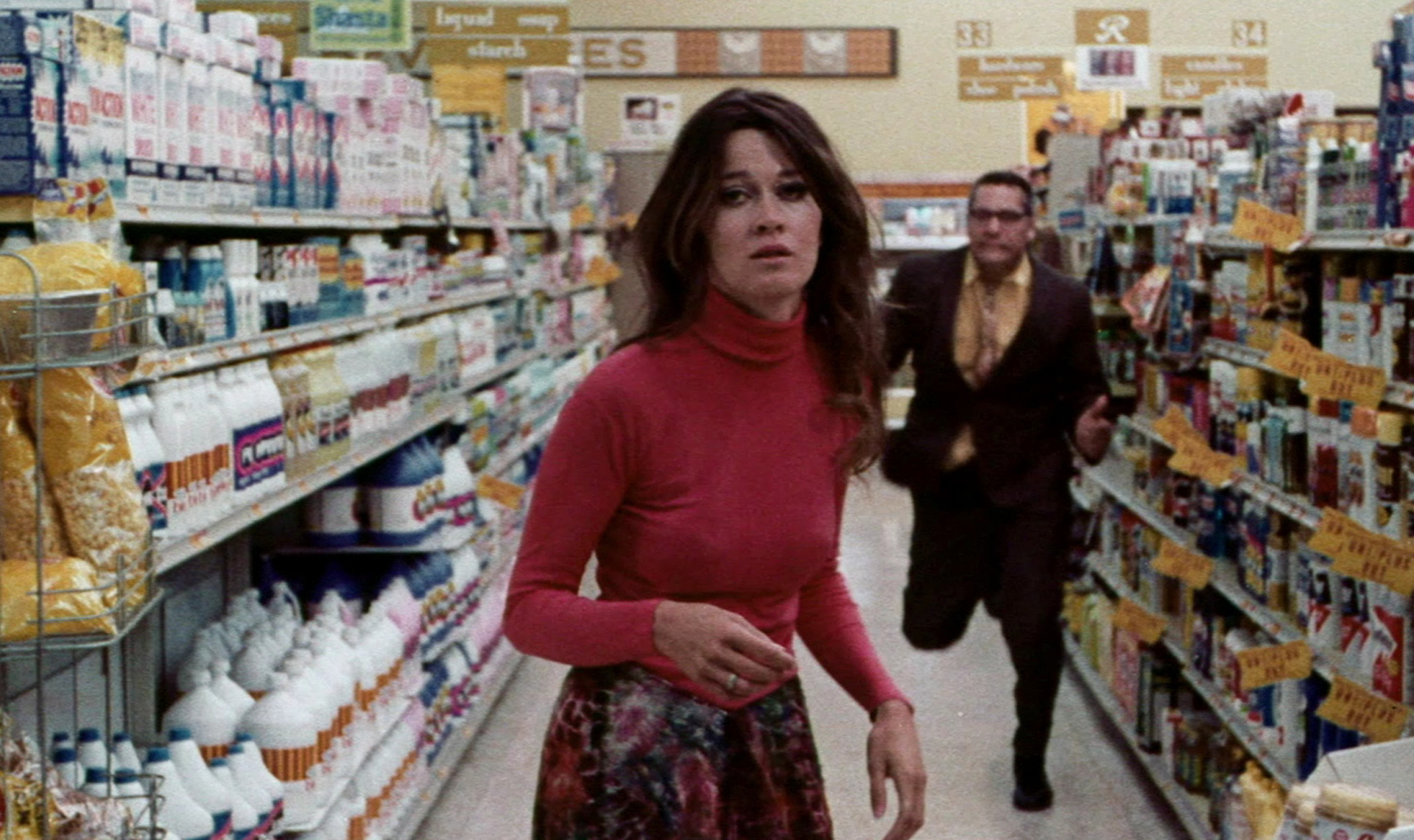
American Graffiti scribes Willard Huyck and Gloria Katz made a hard pivot to horror with Messiah of Evil, an unsettling supernatural freak-out with a convoluted narrative that ultimately doesn’t matter as much as the nightmarish jaunt as a whole. The bohemian-artist-hippie leads of the story (among them Marianna Hill and Michael Greer) find themselves in Point Dume, California, where they face off against a town of seaside cannibal vampires. The movie functions as a vampire story, a zombie story, and Gothic seaside horror in one, with weirdo vignettes around its edges (like an unsolicited Donner Party story), and unexplained characters who aren’t acknowledged for the rest of the movie. It’s all an ambiguous, strange oddity whose own director called it, “a real bowwow.”
Halloween (1978)
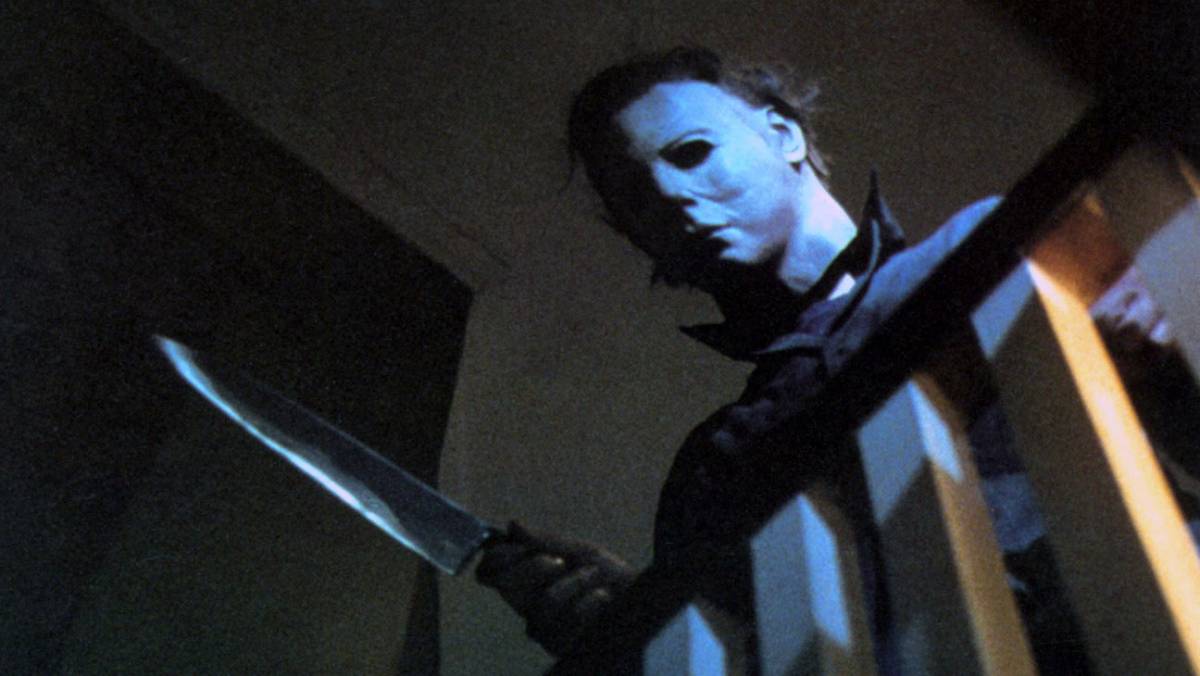
With a sub-two million dollar budget, director John Carpenter and co-writer Debra Hill created a monster that would put a ghastly white face to the Boogeyman and go on to spawn 12 more feature films along with credit as one of the earliest slasher movies, just behind Bob Clark’s 1974 chiller Black Christmas. Violent killer Michael Myers escapes from the sanitarium where he’s been incarcerated since childhood for the brutal murder of his older sister Judith. Donning coveralls and a mask, Myers descends upon the town of Haddonfield, eventually facing down future Oscar-winner Jamie Lee Curtis. It became the start of a battle that spans decades, only recently ending once and for all in Halloween Ends.
The Texas Chain Saw Massacre (1974)
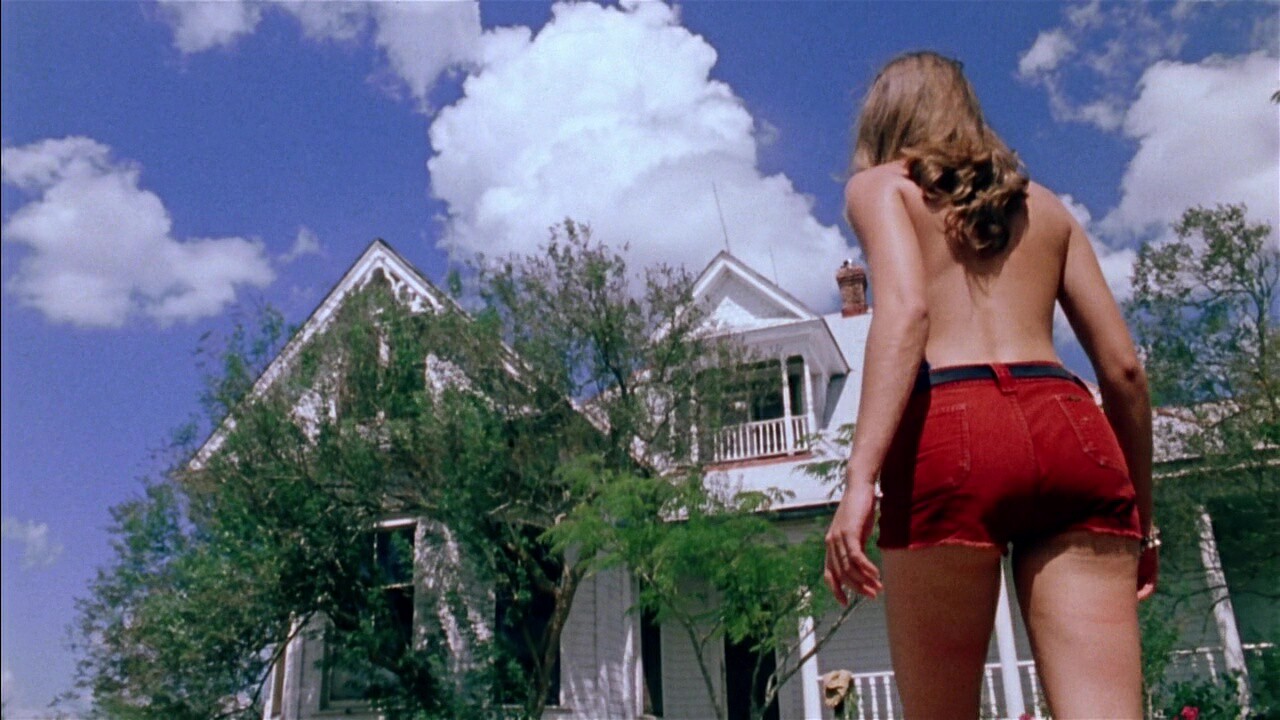
Tobe Hooper’s sweat-soaked feature The Texas Chain Saw Massacre immediately presents itself as a true story in which “an idyllic summer afternoon drive became a nightmare” for a group of teens way out in the sticks. Their nightmare includes meathooks, power tools, and an unhinged cannibal family in a story co-written with Texas Chainsaw Massacre: The Next Generation director Kim Henkel. The initial reveal of icon Leatherface (a scene in which he wields a hammer, not his signature chain saw) is one of the movie’s few jump scares, and earned the film a spot at number five on Bravo’s 100 Scariest Movie Moments.
Night of the Living Dead (1968)
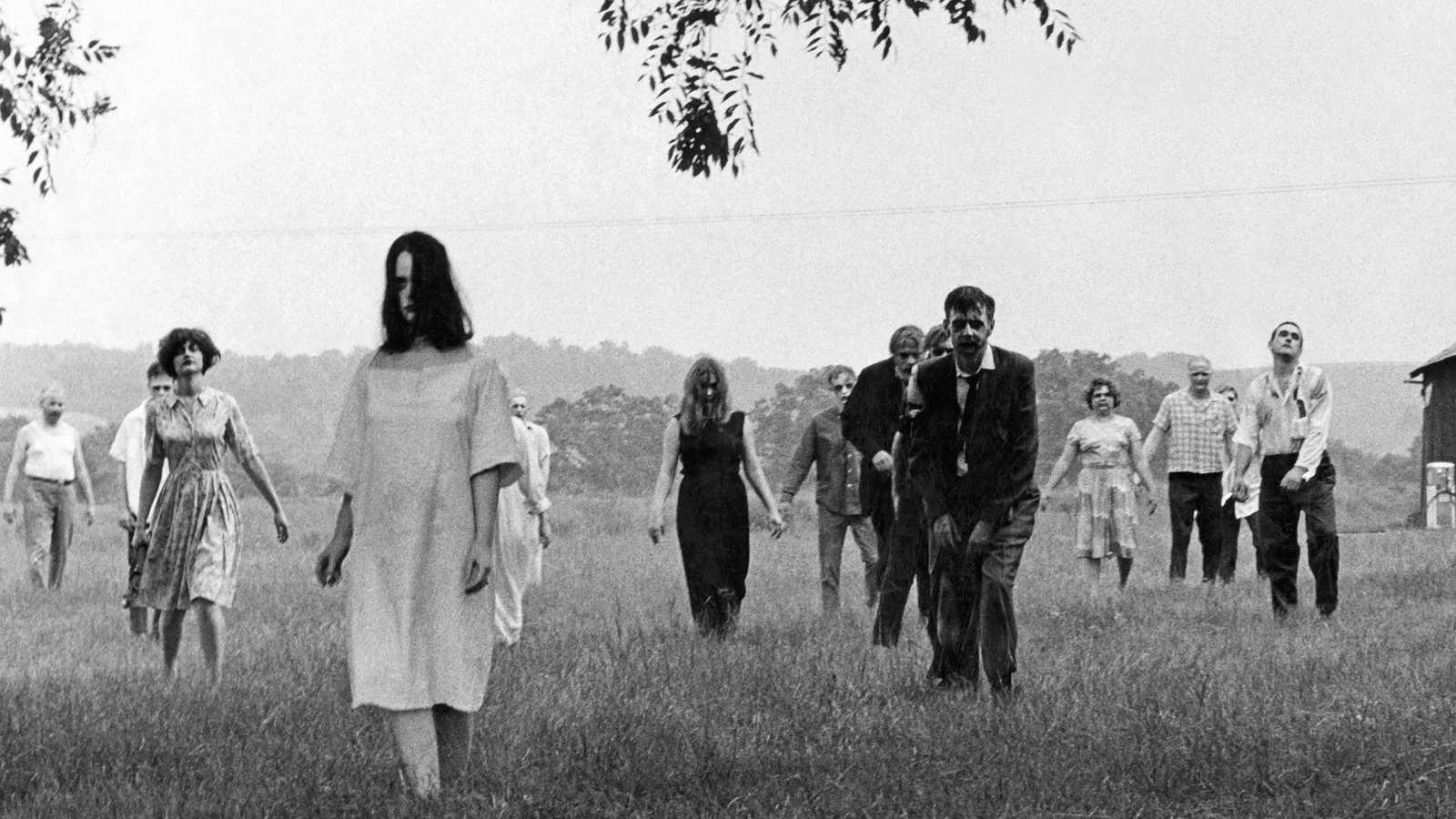
George A. Romero’s Night of the Living Dead still packs a punch over 50 years after its release. Its Black lead Ben (Duane Jones) boards up a farmhouse in the face of undead flesh-eaters, stands up to arrogance, and knocks sense into cowardice; by the end of the 96-minute runtime, none of his bravery helps him any. Modern zombie movies like 28 Days Later typically end on a hopeful after-the-flood note, but Night of the Living Dead aims between the eyes and severs the brain from any rosy optimism that man will emerge from the apocalypse intact.
Hellraiser (1987)
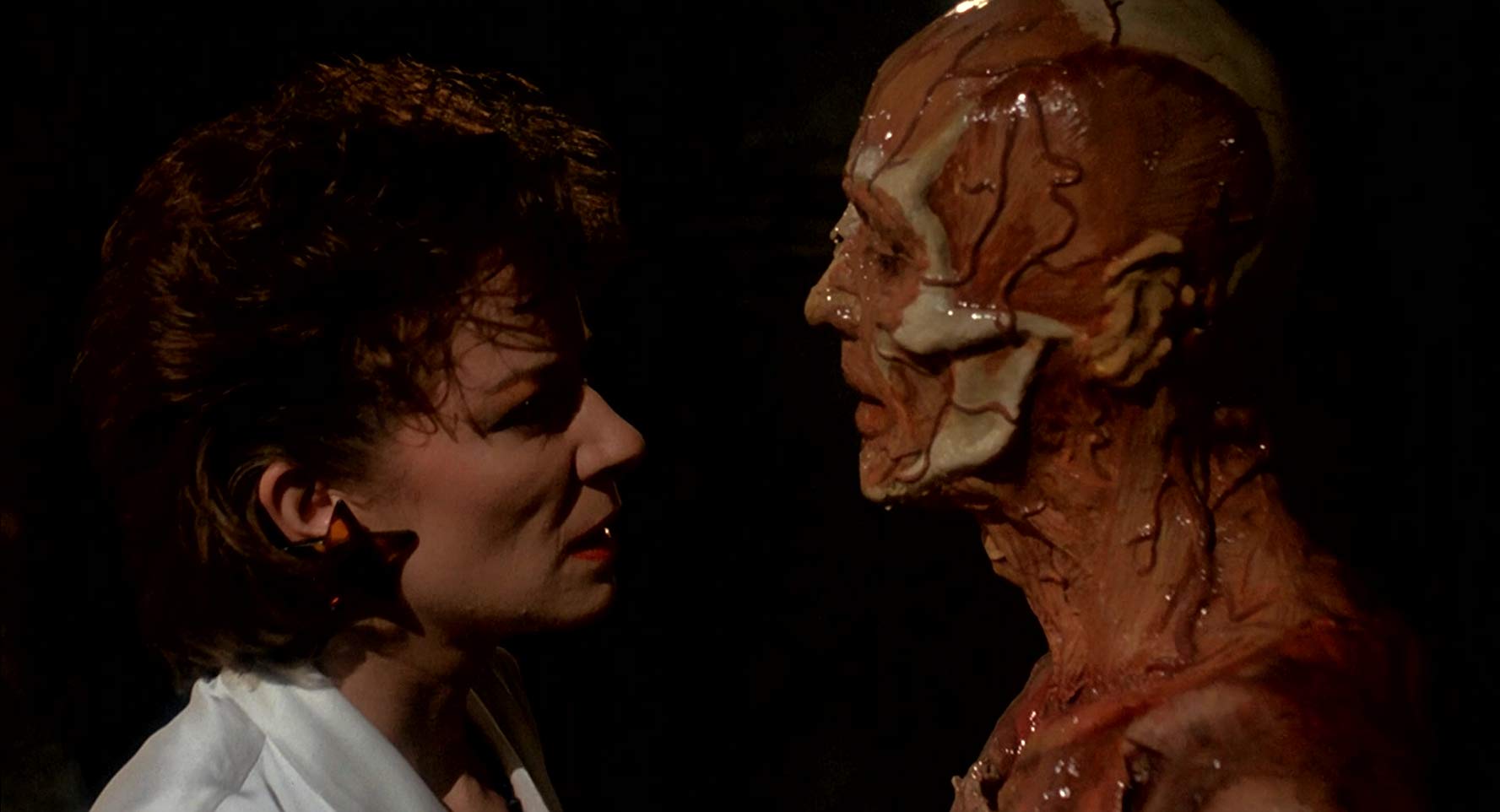
Next on the list is one of the great British horror films of the 1980s; some say it’s one of the finest British horror films of all time. An adaptation of Clive Barker’s novella The Hellbound Heart, Barker’s Hellraiser explores the brief journey of a puzzle box few would want to solve. The Lemarchand Configuration, once solved, is said to introduce the person holding it to new and unfathomable sensory experiences—including excruciating pain. Starting with a hedonist named Frank (Sean Chapman) and then eventually his innocent niece Kirsty (Ashley Laurence), all who fiddle with the box—intentionally or not—summon the deadly leatherbound Cenobites who promise “sweet, sweet suffering” in return.
Threads (1984)
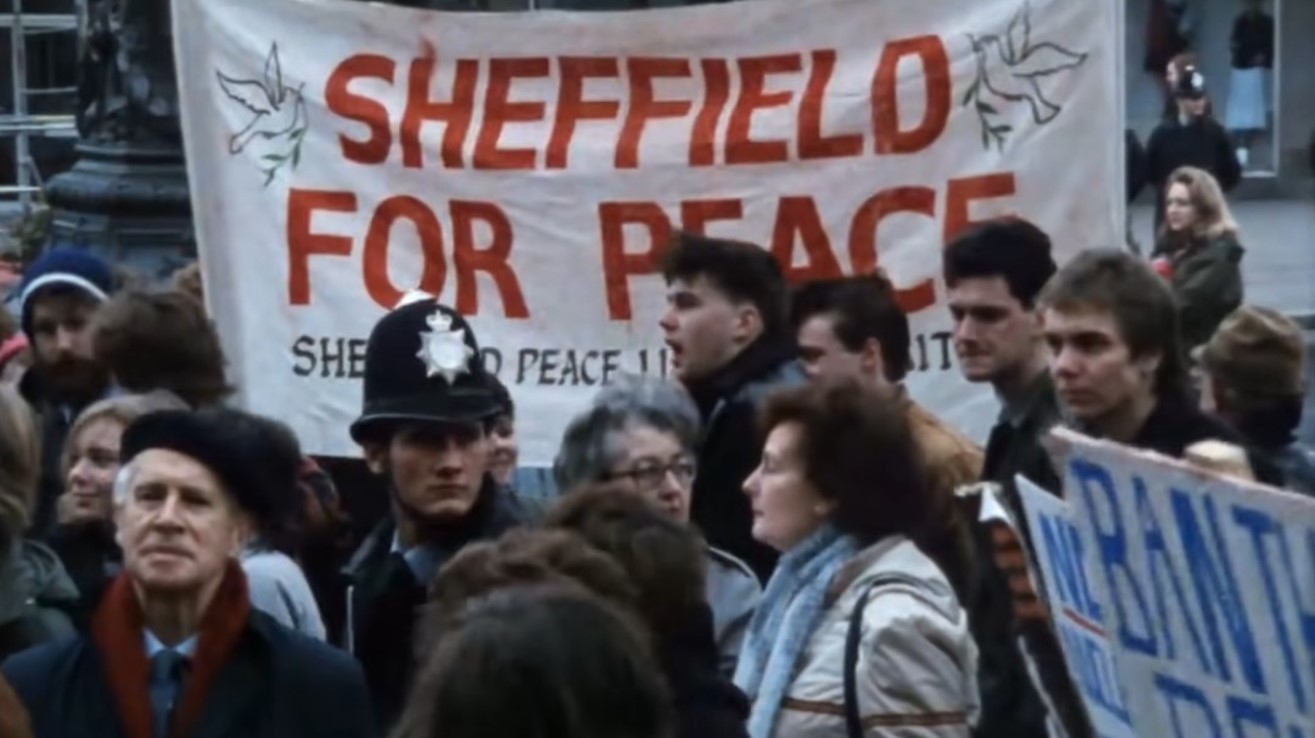
Threads chronicles, in documentary fashion, the effects of radioactive fallout in a small Northern English town and the ultimate costs of nuclear warfare. Things get bad for working-class Sheffield, an avatar for the disintegration of civilization in the years following the attack. Intimate moments with a few characters pay off in colossally bad vibes as writer Barry Hines and director Mick Jackson unpack what life looks like after the bomb. It’s a grim outlook and a rough watch, but impressive in its scope and intensity. Don’t press play on this just yet if you’ve had a bad day; this movie will not cheer you up.
Daughters of Darkness (1971)
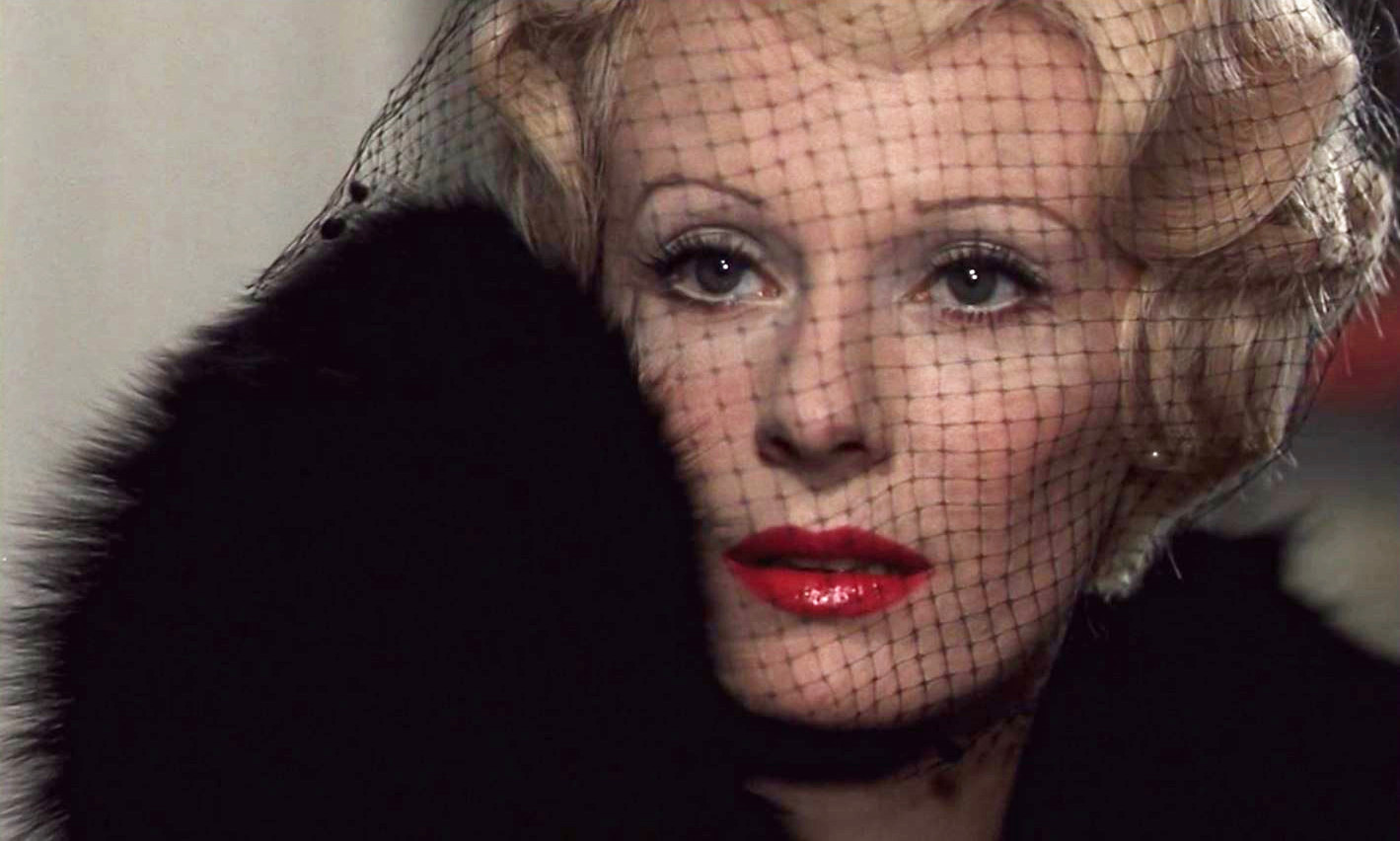
Competing with Hellraiser for the title of horniest entry on this list, Daughters of Darkness infuses the classic vampire tale with all the glamorous queer subtext (and text) it deserves. In Harry Kümel’s Belgian-French-West German Gothic narrative, a young hetero couple (Danielle Ouimet and Dark Shadows’ John Karlen) traveling in Ostend cross paths with a descendant of the infamous Erzsébet Báthory—coincidentally at a time when girls are being killed all around the area. Delphine Seyrig takes on her most decadent role since a decade prior, adorned in feathers and blood-red lipstick; all the better to seduce the young lovers with.
Def by Temptation (1990)
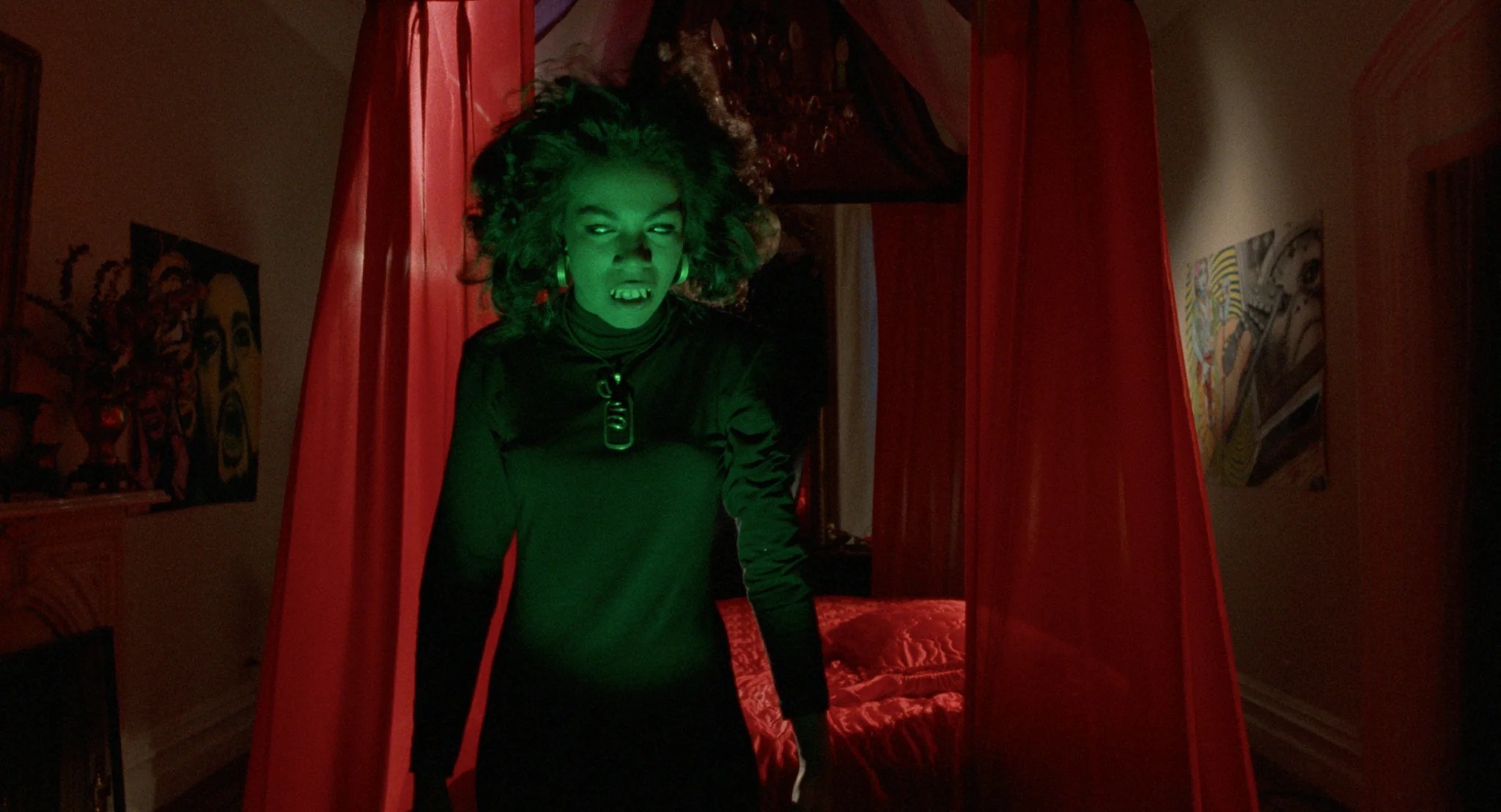
James Bond III’s only feature film, Def by Temptation sinks its fangs into pop culture’s vampire obsession with the story of a succubus (Cynthia Bond) preying on the promiscuous men of New York. Enter Joel (Bond III), a minister whose faith is on shaky ground when he meets The Temptress. While it predates urban ’90s horror like Tales From the Hood and Candyman, this Troma-distributed chiller has more in common with ’70s exploitation fare like Blacula, with its blood-spewing TV sets and a sexed-up soundtrack featuring songs like “Hungry For Me Again.” Def by Temptation is low-budget, high sleaze and high in style.
The Beyond (1981)
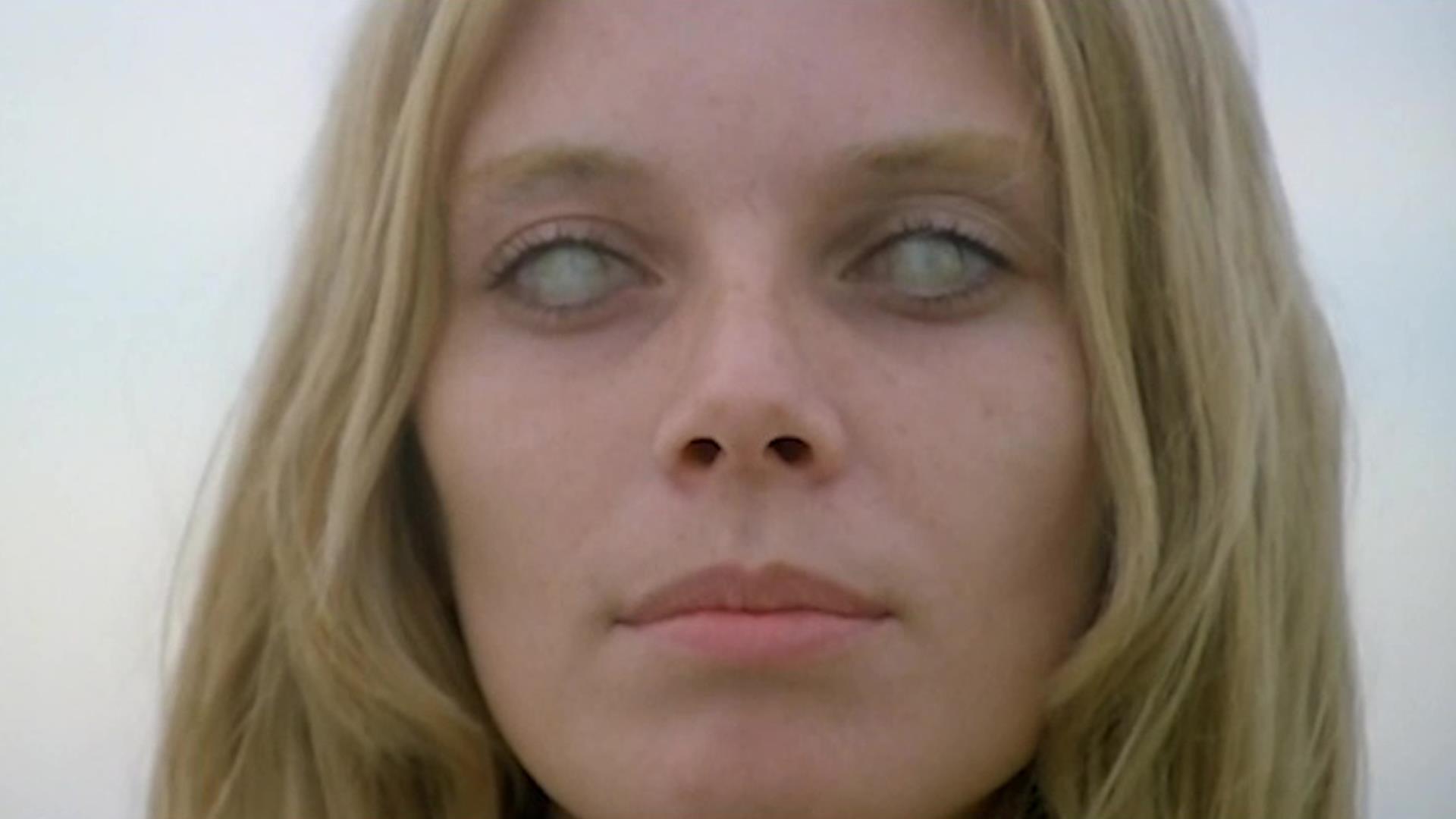
For those who love scary movies about portals, The Beyond promises an unforgettable experience. It concerns a woman who inherits a New Orleans hotel situated over a gateway to Hell, around which there are killer spiders, ghouls, and a blind soothsayer. It’s the second of Lucio Fulci’s “Gates of Hell” trilogy, sandwiched between City of the Living Dead (1980) and The House by the Cemetery (1981), but neither need be seen to enjoy The Beyond’s foul special effects, Fabio Frizzi’s pulsating score, or one of the most bleak movie endings you’ll ever see.
Day of the Dead (1985)
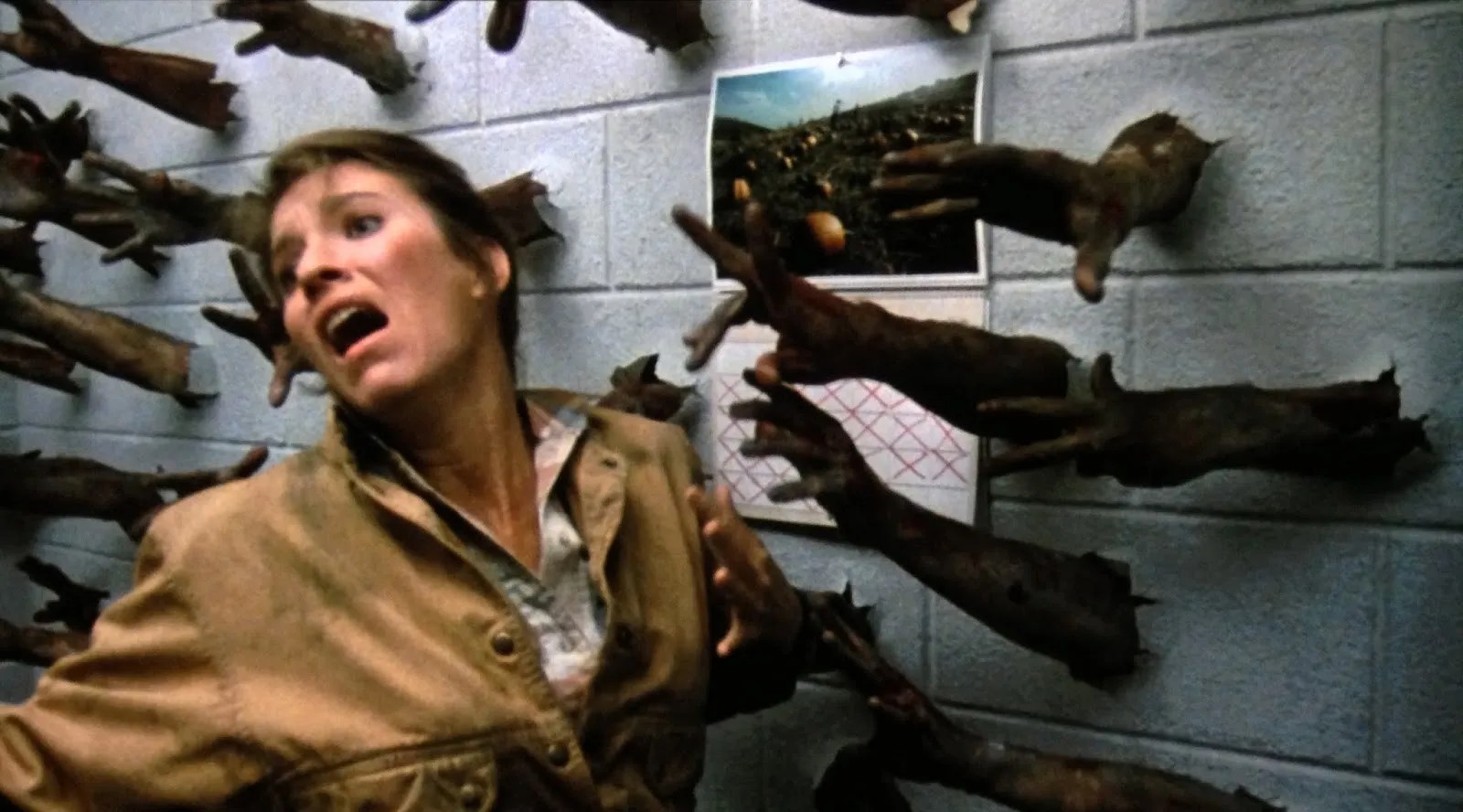
This entry in the George A. Romero zombie universe sees a dwindling human population overwhelmed by the undead. Underground, scientists and soldiers clash as the dead not only walk, but gain certain advanced skills, leading to some of the gnarliest deaths of any Romero movie. Special effects artist and frequent Romero collaborator Tom Savini earned a Saturn Award for Best Makeup Effects for his team’s work on the movie, which included writhing, undead test subjects and stretchy disembowelment. Makes a fine double feature with The Return of the Living Dead, of the same year.
(featured image: Bryanston Distributing Company / Continental Distributing / Cine Vog Films / Troma Entertainment)



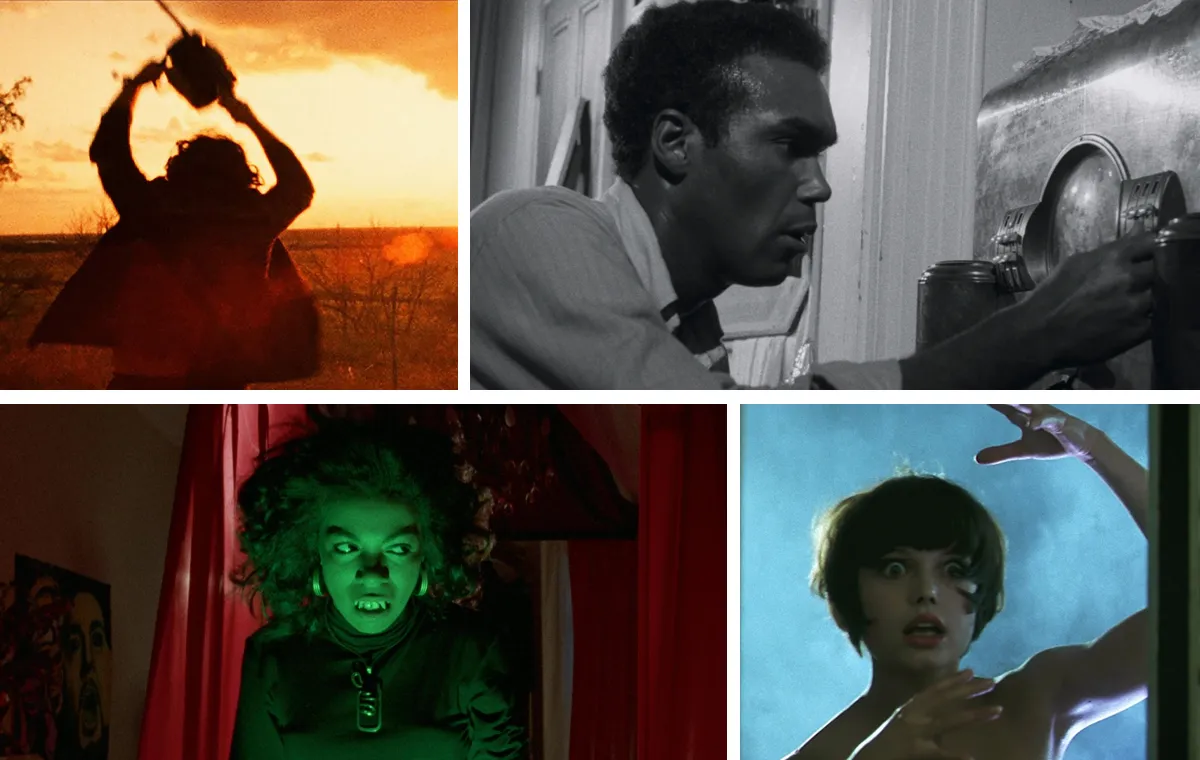





Published: Oct 2, 2023 06:06 pm